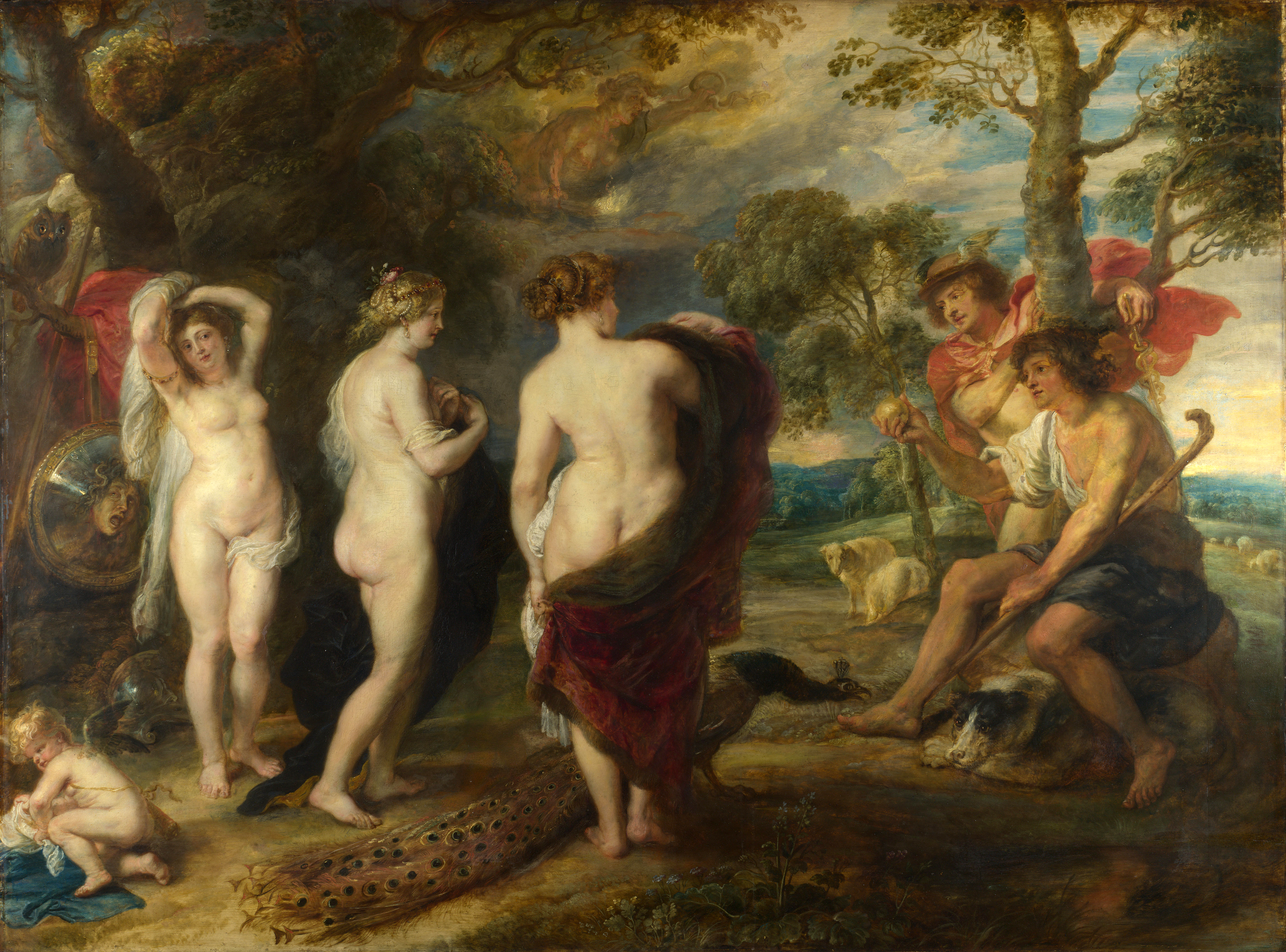This picnic/luncheon painting proposed is showing a
naked woman in the company of two well-dressed gentlemen of the bourgeoisie
(typically referred to as the middle class), and another half-naked woman in
the middle of the background. It gave rise to fierce criticism, as it was
rejected at the Salon, but later on it was exhibited at the Salon des refusés 'The
rejected salon' in Paris, 1863. According to the times conventions, nudity were
accepted only in paintings with classical, mythological/spiritual, or oriental
themes.
As mentioned earlier, this painting in particular
aroused fierce indignation. The public viewed the piece as being an
embarrassment cover of today’s moral decay. Seeing two gentlemen of the
bourgeoisie on a picnic with two prostitutes, one whom has already taken off her
clothes with clear eye contact to the viewer was simply way over the limit. From
Manet’s perspective, it was probably just meant as a non-moralizing observation
of modern life’s freer or suitors and in literally more natural ways of showing
togetherness.
Despite the endless controversy regarding the naked
women, the “unfinished” work in the middle of the background, and other
implications that critics could find; his work was carried by groundbreaking
modernity both in form and content. The painting manifested itself among other
things, because he purposely modified the persons’ plastic volume and also
strongly emphasizing the painting’s two-dimensional nature or composition if
you will. Basically, it is sharp structures (being the characters) within the
composition. It is like Manet tried to anticipate a curtain image view, which subsequently
became the basics of modernism today.
Every great artist must receive his inspiration from
somewhere, and just like any other, Manet had an ocean of different
inspiration, but to narrow it down I have chosen to take paintings that Manet
was inspired by, and also other artists’ paintings inspired by Manet.
First, I would like to go back in time and show you
a piece that I personally will classify as the major piece that influenced “Le
déjeuner sur l’herbe “. This painting is called “The Judgment of Paris“ by Peter
Paul Rubens (1636). Despite the fact that there is worlds of differences
between Goddesses and prostitutes, Manet’s blueprint lied deep into the roots
of this art piece, so basically different people. In my opinion, Rubens’ work
is best described as being diplomatic and subtle, whereas Manet’s work is best
described as avant-garde, but the distinction comes about because of the
different eras.
Now, let us go to a time after Manet’s work. I have
discussed that Manet’s work was the spur of modernism. When something is so
conceptualized, we have learned from history that it most likely will create a
whole new era of art. When all is said and done, I would like to introduce
Claude Monet’s “Women in the Garden“
(1866).
This painting does not show any nudity, but nevertheless it is not the point. The point is that just like Manet's “Le déjeuner sur l’herbe“, “Women in the Garden“was rejected at the Salon in 1867. The critics came about their comments the same way. Manet's work was unfinished, and Monet's work was too frail.
_(1).jpg)


No comments:
Post a Comment